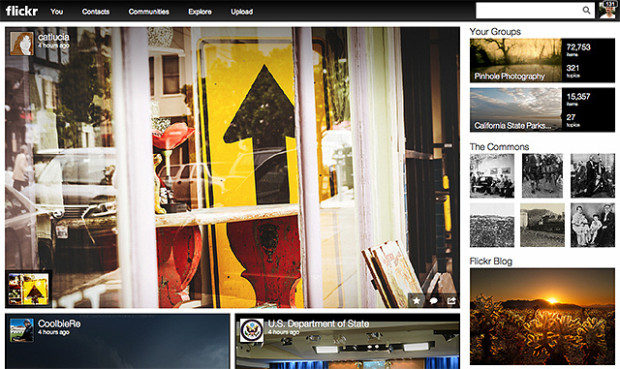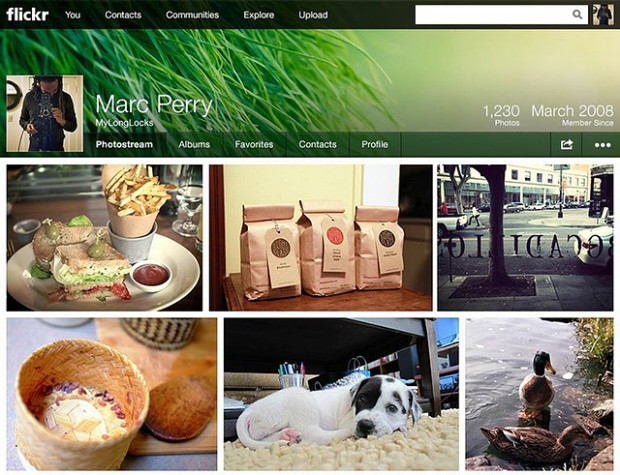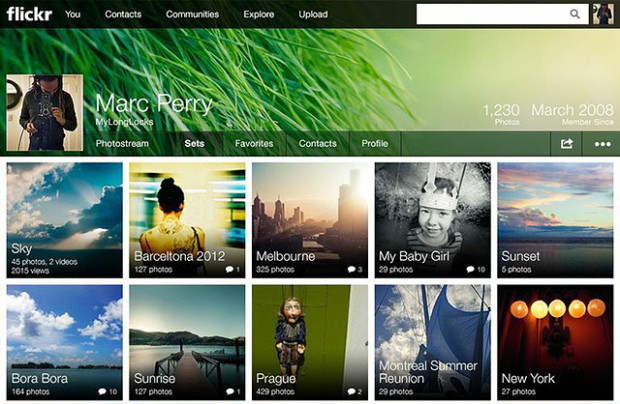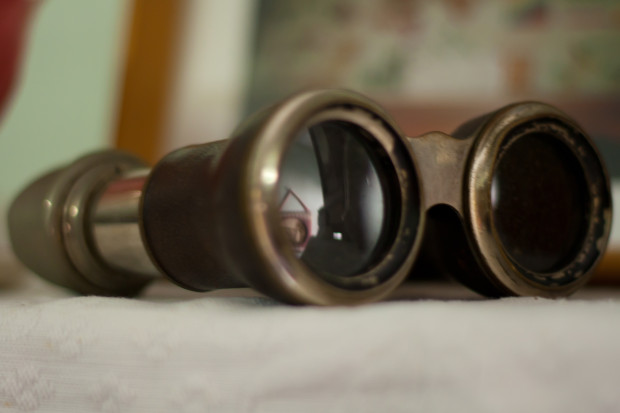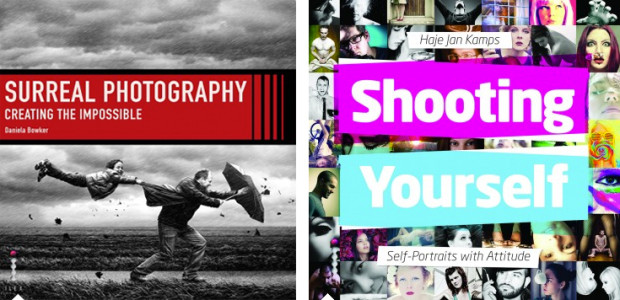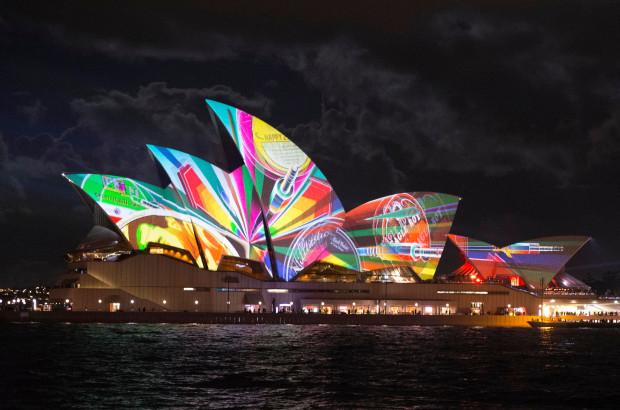 One censorship argument at a festival celebrating creativity and inspiration is probably enough for any organising committee, but two is overwhelming and potentially damaging. Still, that's the situation at Vivid Sydney, the light, music, and ideas festival that takes over the Australian city between 24 May and 10 June.
One censorship argument at a festival celebrating creativity and inspiration is probably enough for any organising committee, but two is overwhelming and potentially damaging. Still, that's the situation at Vivid Sydney, the light, music, and ideas festival that takes over the Australian city between 24 May and 10 June.
'Culling images?'
The first incident arose on Saturday night, when 18 out of 35 images were pulled from the Reportage exhibition that was being projected onto two large screens near the Museum of Contemporary Art at Circular Quay. (For those who don't know Sydney, Circular Quay is where the Opera House is located.) Reportage was intended to be a showcase for photojournalism, and included submissions from photographers represented by Magnum, Noor, and Contact.
Being a display of photojournalism, the potential for any of these images to be distressing or offensive was high, but this was something that Destination NSW, essentially the New South Wales tourist board which owns and manages Vivid Sydney, seemed to have overlooked until the very last moment. Sandra Chipchase, Destination NSW's CEO stated: 'What we don't want is children walking around the corner and seeing pictures of dead children... We just don't want violence, dead people or anything that could distress people. In that public domain area it's about entertainment and engagement.' I don't know about you, but I'm not sure that I've ever considered photojournalism to be 'entertainment'.
As a consequence, photographs depicting the Cronulla riots, the 1979 Iranian revolution, and even the aftermath of an Australian bushfire were pulled from the big screen. They are available to see in smaller venues, but photographers who had travelled to see their work exhibited on the big stage were disappointed and at least two have withdrawn their work in protest. Hurt feelings, poor communication, and what appears to be a woeful misconception of the material intended for display: not a great start.
Concealed genitalia
Controversy number two involves the exhibition Home, hosted in the Cleland Bond building in The Rocks area of Sydney. Two photos, depicting three naked people, had tape placed over their genitalia. Stephen Dupont, curator of both Home and Reportage, claims that this was at the request of the Sydney Harbour Foreshore Authority; the Sydney Harbour Foreshore Authority has stated that it didn't request that the tape be applied specifically, rather that the exhibition be made suitable for the 'broadest possible audience'.
Dupont discussed the request to tape up the images with the Oculi group, who provided the images for the Home exhibition, and they decided that the photos would stand untaped and as they had intended.
Cut-and-dried
In addition to what can only be described as the naivety of the organisers, there is a question of managing expectations around the exhibitions. In my opinion, how appropriate it is to display gentalia in a closed exhibition with a warning by the door is a cut-and-dried decision: if people are aware of the presence of naked human forms, they can decide whether or not to enter. The request to somehow sanitise the exhibition was unnecessary and offensive to both the photographers and the audience. Apart from finding it condescending for someone to tell me what I can and cannot see, I remain entirely perplexed as to what, exactly, people find so distressing, alarming, or offensive about the human body. We all have one, after all.
A storm in a tea cup?
The decision to pull images that some might find distressing are projected publicly feels much more like a storm in a tea cup to me. Whilst there are some significant questions presented here, not least who gets to decide whether an image is distressing or not, it seems to be a situation resultant of mis-communication and resulting in over-reactions.
Point 1 of mis-communication centres on the expectations surrounding a display of photojournalism. I approached destination NSW, enquiring what, if any, guidance was issued to photographers regarding acceptable material for display at the Reportage exhibition. It responded: 'As per agreed editorial contractual arrangements between Destination NSW and the organisers of Reportage, and given Vivid is a family friendly event, we endeavoured to ensure photos and footage that may cause offence or distress, or were not in keeping with the values of the event, are not presented at the outdoor venue and screen.' My interpretation of this is that Destination NSW wanted 'family-friendly' images, but rather than issue clear guidelines before submissions were made, made reactionary and arbitrary decisions on the acceptability of the material once they'd seen just what was going up on the big screen.
Furthermore, given that Reportage is an exhibition dedicated to photojournalism, I'm intrigued to know exactly what sort of imagery Destination NSW was expecting. By its very nature, photojournalism covers issues that are difficult, distressing, or offensive in a visceral fashion. As Andrew Quilty, the photographer whose bushfire images were pulled from the Reportage projection, put it to Guardian Australia:
I don't know what they [the organisers] expected to come from a festival that shows specifically photojournalism. I don't know if they were expecting photos of cats and what the photographers were eating for breakfast. It seems to be coming from a typical kind of ad-person who has a view of how they want their brand to be perceived.
Point 1 of over-reaction centres on Destination NSW, having been presented with a bundle of images that it wasn't quite anticipating, deciding to pull them from the large outdoor display at the last minute. Running through my head is an xkcd-type scene where bureaucrats are tugging at their hair and screaming: 'But won't you think of the children!'
Having taken a look at the image reel on the Sydney Morning Herald website, which includes the redacted pictures, I have to say that very few provoked feelings of distress or shock in me. Would I be happy allowing my five year old nephew look at the photograph of an Iranian protestor whose hands are covered with blood? Probably not. But the photograph of Mexican immigrants being arrested on the Californian border is hardly controversial. I'm inclined to think that Destination NSW over-reacted, but then I'm not a parent.
I'd be interested to know what you think of the images.
Point 2 of mis-communication focuses on the process of removing the images from the projection. Destination NSW has been quite clear that the images it deemed to be too distressing for display were not removed from Vivid Sydney in their entirety. They can still be viewed at other venues, for example the Customs House, just not on the large public screen. Somehow, though, this seems to have been interpreted as the images have been censored wholesale, and without doubt those photographers who had travelled in order to see their work projected on a large scale, or had expected to see their photos alongside the work of eminent photojournalists, will feel bitterly disappointed.
Point 2 of over-reaction is the response of the photographers. At least two have withdrawn their images from display and Dupont, Reportage's curator, expects more to follow suit. If I were a photographer and my work had been pulled from an exhibition at the very last moment on somewhat spurious grounds, I'd be furious, too. However, foot-stamping and toy-throwing is incredibly unbecoming. How about suggesting an alternative?
After 21:00
Rather than leave Destination NSW looking red-faced with embarrassment and the photographers red-faced with fury, I would be inclined to suggest implementing a watershed for the projection. Before 21:00, it's a more family-friendly set of images that doesn't raise questions parents might not be ready to address with their six year olds. After 21:00, it's a full and frank exhibition. It's a compromise that means no one has to lose out, least of all the photographers who submitted their images in the expectation that they would form part of an extensive and exciting exhibition exploring photojournalism. It would also help to mitigate the impact of a mis-communication that is becoming an international embarrassment.
All those years ago when I was training to become a teacher, one of the fundamental principles instilled into me by my tutor was 'Say what you mean and mean what you say.' Destination NSW could do well to adhere to that notion.
(Headsup to the Guardian and thanks to the Sydney Morning Herald)






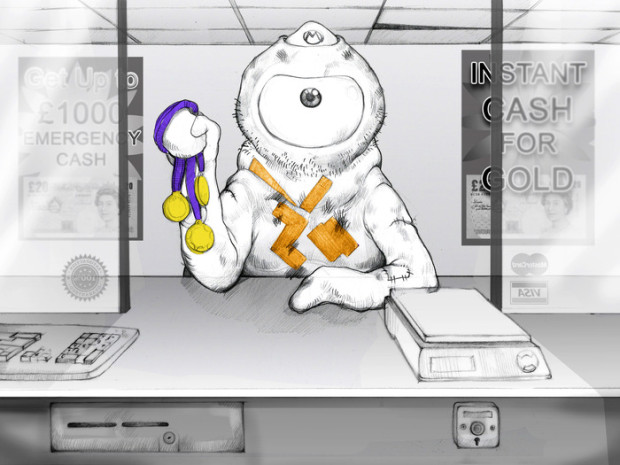


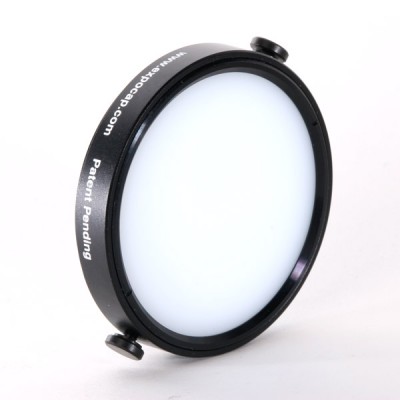 It may be purely coincidental, but over the last few days, I've heard a lot of buzz about various products that clip onto the front of your camera to help you white balance your images. The idea is that you place
It may be purely coincidental, but over the last few days, I've heard a lot of buzz about various products that clip onto the front of your camera to help you white balance your images. The idea is that you place 
